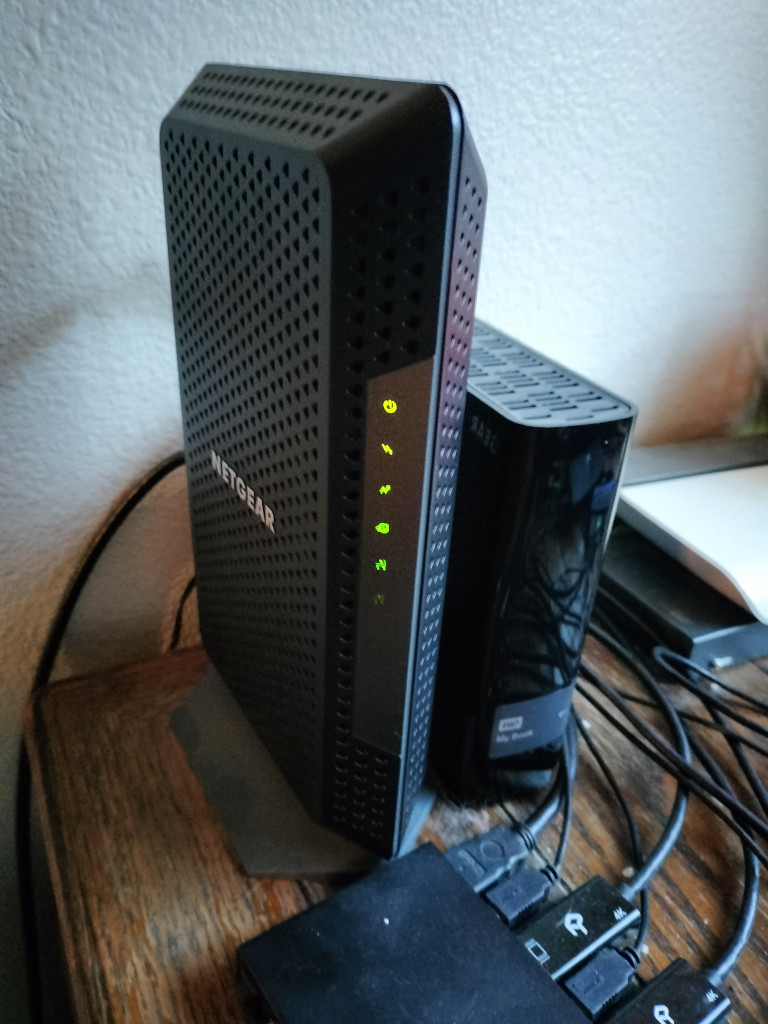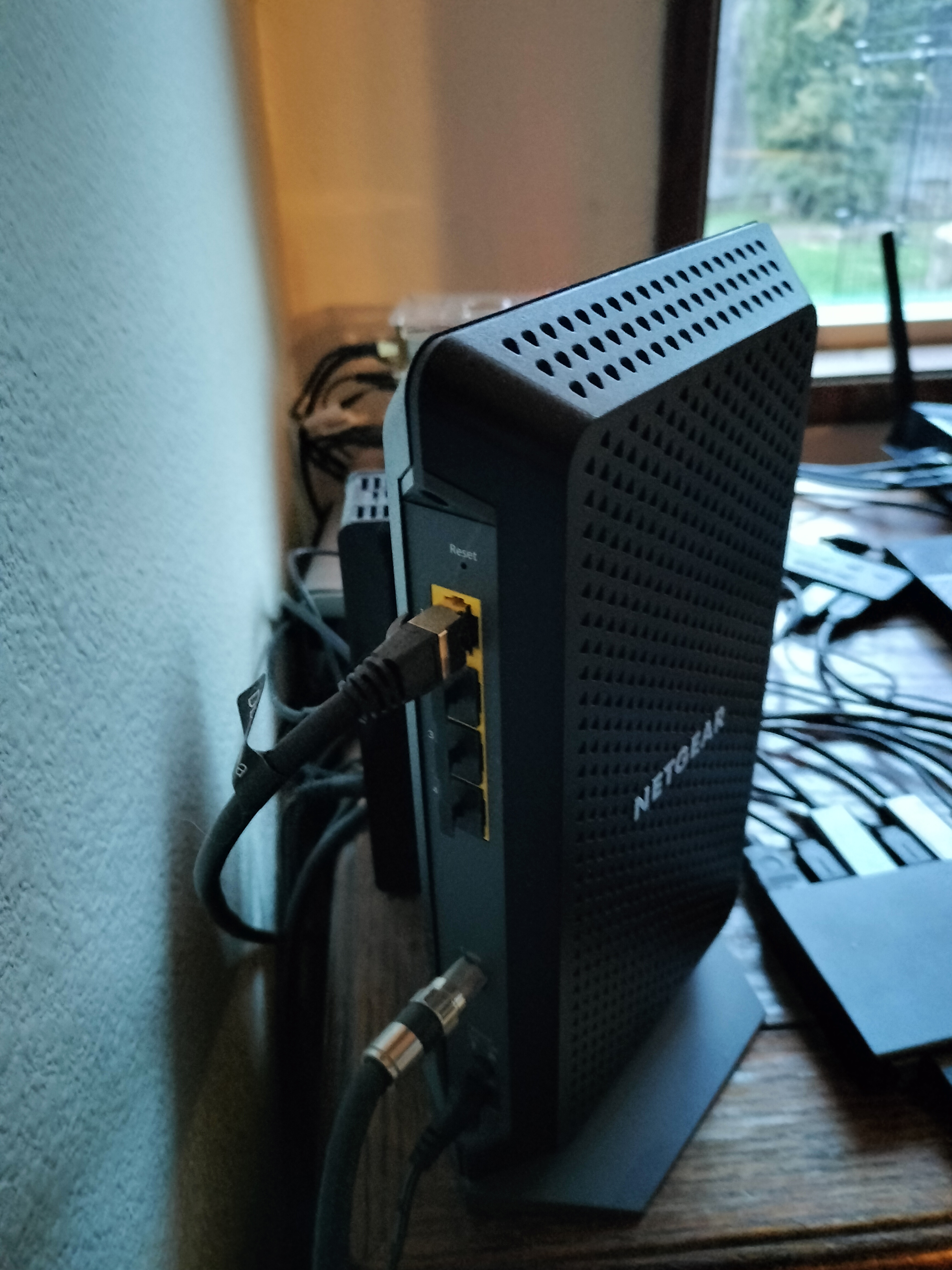While this support service has been around for 40 years, 30 years have been spent providing network services throughout the Puget Sound and Willamette Valley. So here is the truth behind the technology.
10g means 10 gigabits. Many are using 1 gigabit since most computer hardware supports it (at it's capacity).
Before you consider being enticed by another television commercial that is going into an area that has been very limited to residential and commercial services due to it's hardware costs and lack of compatibility for current wi-fi devices, you may find this of interest.
For most people, 10g internet isn't being provided in your office since you have, at the most, a 1g (1 gigabit) ethernet adapter built into your existing computer.
10g networking equipment can be very expensive with routers running at a $500 cost. Switches can also be the same price as well.
This technology requires a different set of ethernet cables that handle full duplex capabilities (most of us use half duplex).
Connections to the system are dependent on a connection between a device and a switch in order to achieve that speed.
There has been some talk that the company is working on correcting the upload speeds of the current network. While the current network can support a download speed at 988MB, the download speeds have been very low (344MB) for an existing 1G network.

Netgear Docsys 3.1 modem
The Costs
Since this network runs on full-duplex (most current networks run at half-duplex) this system requires direct network connections from device to switches.
While most are no longer using hubs and repeaters these days, 10g switches can be expensive too starting at the same price that a router goes for ($500 to start).
10g network adapters carry a hefty price tag as long as you have a way of adding one to a pci slot. There isn't a USB adapter to run this technology at this time.
If USB adapters are available, it would require another standard to support a 10g speed.
To take advantage of wi-fi speeds (at this bandwidth) would require a different standard too.
Docsys 3.1 Supports 10g
While Docsys 3.1 standards support 10g, the ethernet ports where the data goes out of is 1g.
While many of these cable modems can have more than 1 ethernet port (at 1g) they use something known as aggregate networking where more than one router can connect to the modem allowing for 1g speeds per line.
Using 10g with this type of cable modem is putting it into a funnel to get a lower rate that is compatible with the hardware.
Docsys 4.0
While Docsys 4.0 hasn't been released at the writing of this page, it is expected that the system will include 10g network adapters. Perhaps a router with a built in cable will be available but for many wi-fi signals, none exist at this time to advantage of this speed.
For wi-fi speeds at 10g, it will have to have a new standard.
Would one come out in the near future? Right now Wi-Fi doesn't have a standard that really reaches 1g

Netgear Docsys 3.1 modem (rear view)